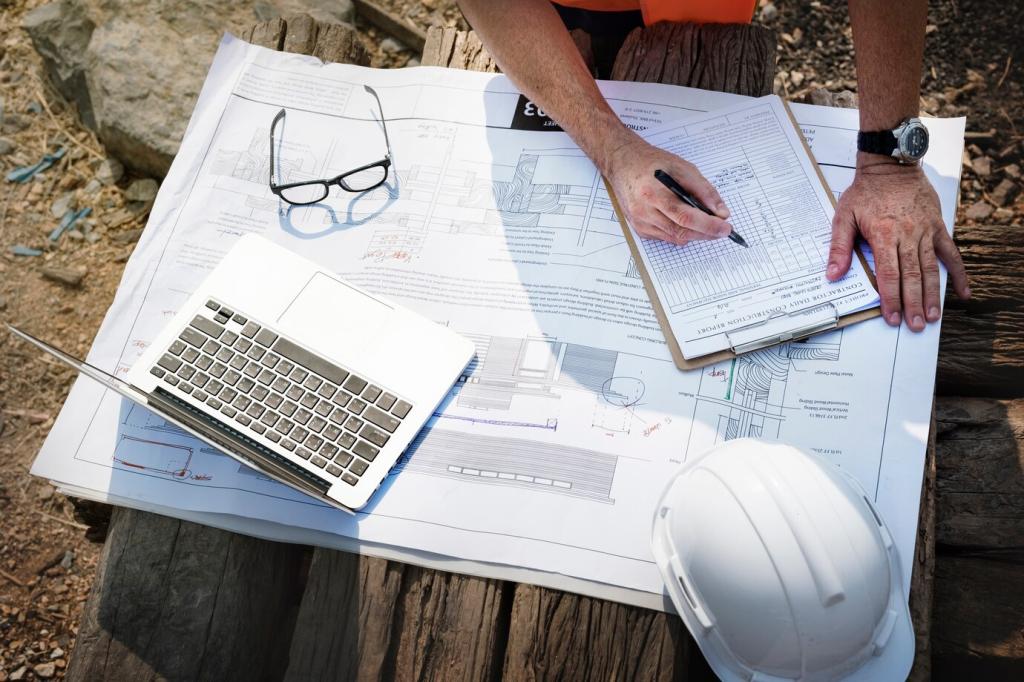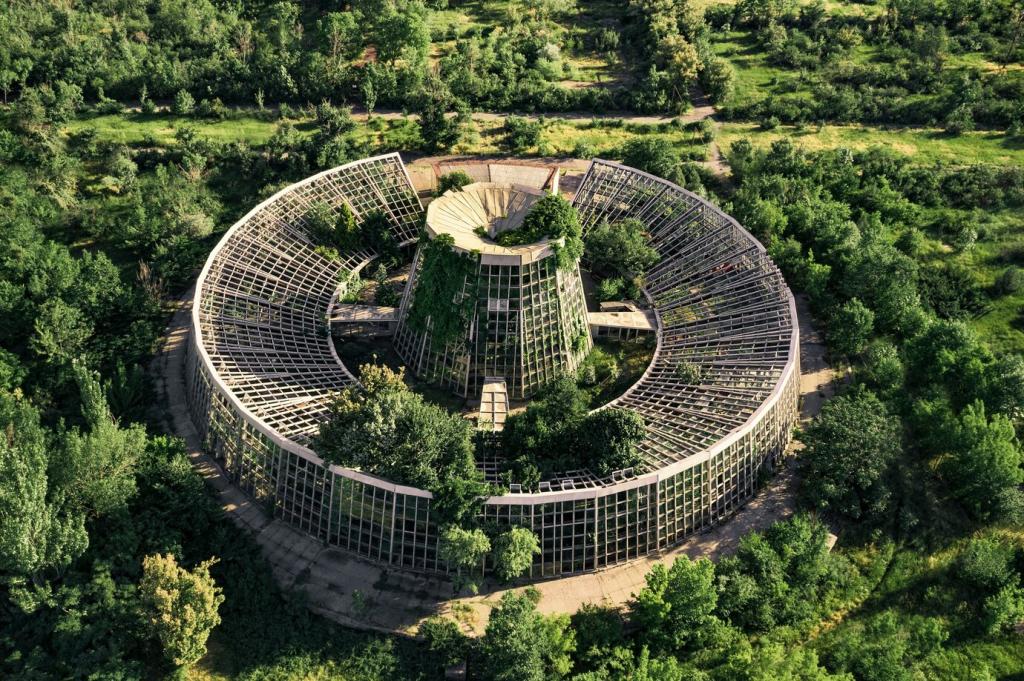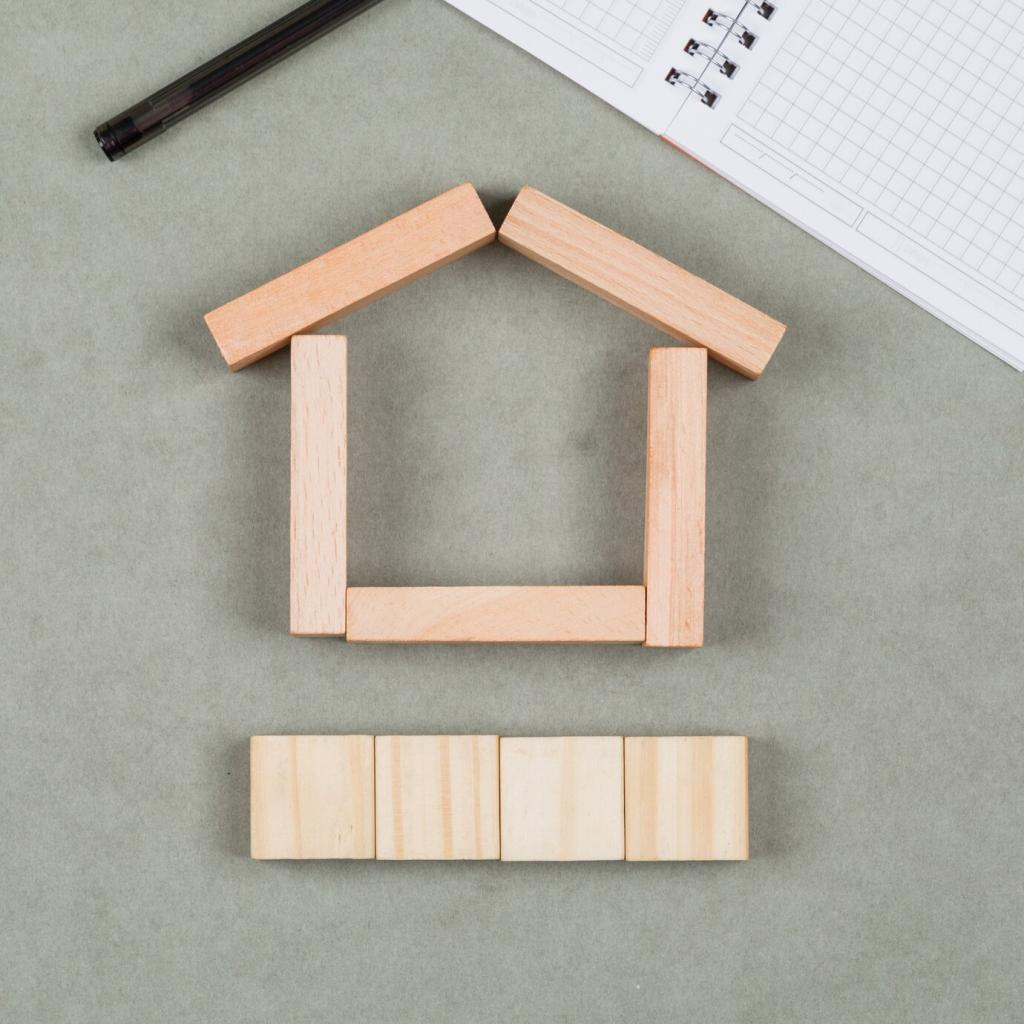Materials and Embodied Carbon in Zero-Energy Homes Design
Choose cellulose, wood fiber boards, or mineral wool where appropriate, and consider engineered timber for structural spans. In Zero-Energy Homes Design, assemblies that sequester carbon while resisting moisture create walls that perform thermally and ethically, without sacrificing strength or straightforward construction.
Materials and Embodied Carbon in Zero-Energy Homes Design
Details that shed water, ventilated cladding, and robust window flashing extend service life and reduce replacement cycles. A long-lived home amortizes embodied carbon across decades. Durability also keeps maintenance simple, which homeowners consistently tell us is the ultimate luxury they never regret funding.




